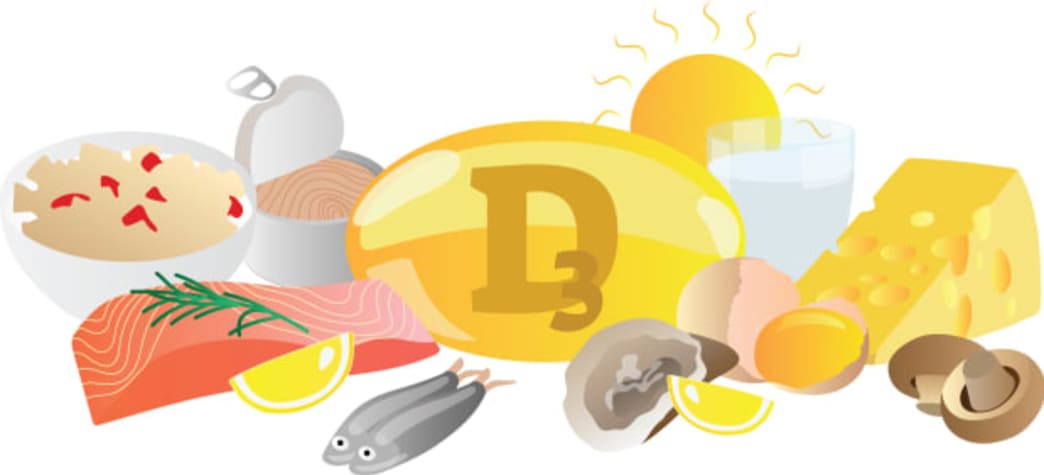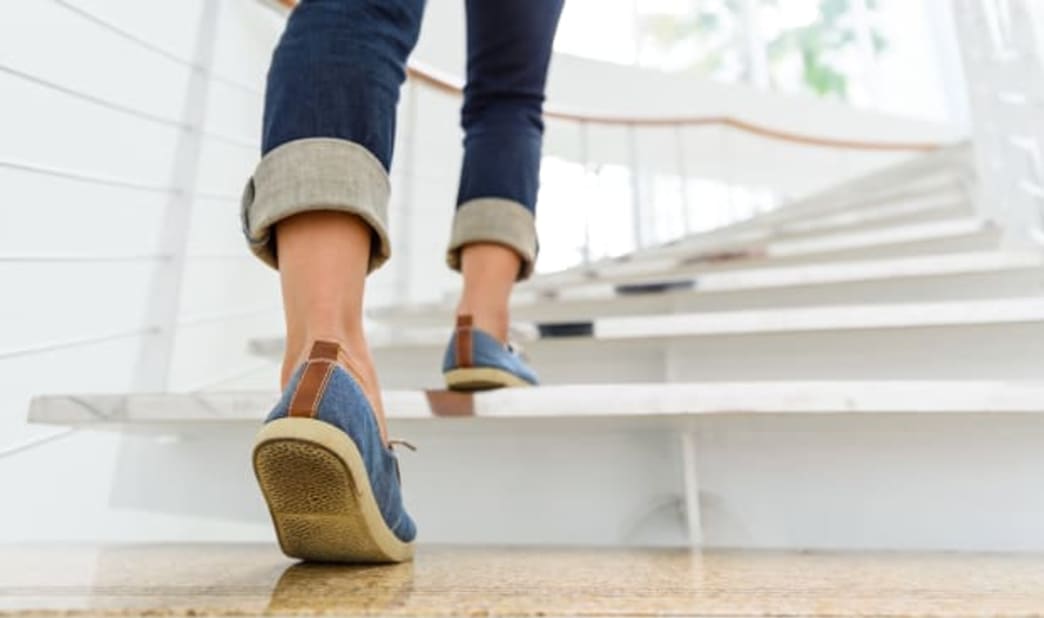Q: What’s the deal with people getting shorter as they age? Is that inevitable? Is it a good idea to load up on calcium and other bone supplements?
A: Yes, we tend to shrink a bit with age. This is mostly due to gravity, and one of the reasons I’m wild about trapeze yoga, which features hanging upside down. Inversion tables work too, and so does old-fashioned hanging from a chin-up bar.
If our bone density is compromised, gravity’s pull is even more effective in compressing and even crushing bone structures. What we’re mostly talking about here is the lumbar vertebrae—sitting is pretty wretched for the lower back, and tends to reverse that natural lumbar curve. If you sit a lot, please use an ergodynamic chair (with built-in lumbar support) or a lumbar pillow. When you sit and type, your feet should be flat on the ground and your thighs and lower arms should be parallel to the ground. A small seat is better than a wide seat to prevent slumping. How you sit impacts back pain and the likeliness of losing bone in the large vertebrae that support the weight of the upper body.
The other large bones that can lose density over time are the femurs (thigh bones). The best way by far to maintain their integrity is to walk and hike regularly. Take the stairs whenever possible. Park a little further from your office and build in a walk twice a day during the week. Hike longer with more ups and downs during the weekend.
How Exercise Prevents Fractures
Weight-bearing exercise is crucial for maintaining bone integrity because bones are like batteries. Minerals constantly flow on and off the bone, which keeps them lively. You don’t want minerals just sticking to the bone, which is how bisphosphonate drugs “work.” A living bone with good flexibility and integrity is much less likely to break. But when you take these drugs (such as Fosamax), they prevent the flow of minerals off and on the bone. They cause accretion of minerals, mostly calcium, and actually disrupt the integrity of the bone material.
On the other hand, when you walk or hike, the pressure on your long bones creates a very slight bend to the bone, which enhances the battery effect. Positively charged minerals (such as calcium, potassium, and magnesium) gather on the concave side of the curve, while negatively charged minerals (such as chloride and iodide) gather on the convex side, causing a charge to run through the bone and stimulate the formation of new bone.
The best exercises for slowing or avoiding bone loss (osteopenia) and “holes” in the bone (osteoporosis) are brisk walking, climbing stairs, dancing, hiking, jogging, jumping rope, step aerobics, and tennis or other racket sports. Just do it! It’s fun!

Dos & Don’ts of Bone Supplement
In general, your bone is built during your teen years, so that’s the best time to take extra minerals to help build the best base of bone density possible. Unfortunately, too many teens wreck their bones by drinking soda—the acidic phosphoric acid (major component of pop’s fizz) causes alkalinizing minerals (calcium, magnesium, and phosphorus) to be drawn into the intestines.
Nothing in your gut moves into the blood until the pH is rendered slightly alkaline. The pH of blood is 7.35–7.45, and outside that narrow range, you’re dead. So, drinking pop draws down bone integrity at any age, but it’s especially hideous during the teen years when bone building is at a premium.
I think taking a good multi-mineral bone complex in the teen years is a good idea, especially if your teen isn’t athletic. Dark leafy greens are an excellent way to get complex servings of all the important minerals. Calcium alone is a bad idea, because it can actually make your bones more brittle without complementary minerals.
Vitamin D3 is also crucial for healthy bones. We’re all deficient in vitamin D3 because we largely live indoors now. Most people need 4,000–5,000 IUs daily of the cholecalciferol D3 form to maintain optimal serum levels of 60–80 ng/mL. The lower limit is 32 ng/mL, which is based on a small study of elderly ladies who became more likely to break their hips if levels went below 32. The optimal range is 60–80, and up to 120 is fine. Do not take the drug form ergocalciferol, which is D2. It needs to convert to D3 in the body to be active. Women should also consider taking a bone-building supplement during the 3–5 years after menopause. Estrogen is a major bone builder, and when this hormone drops off (after cessation of menstruation), bone loss is likely. You can offset this loss by taking a good multi-mineral formula and by committing to a weight-bearing exercise routine.
Written by LAc for Better Nutrition and legally licensed through the Matcha publisher network. Please direct all licensing questions to legal@getmatcha.com.
Featured image provided by Better Nutrition




